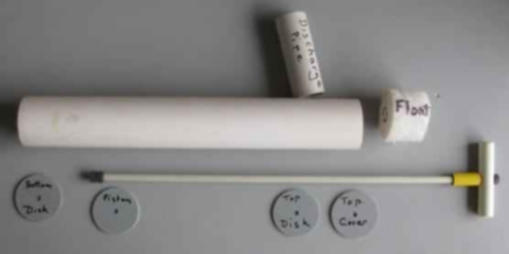SZihn
Paddler
Title of the post says it all. I see several on the market and most seem pretty low quality, cheaply made, with a lot of small plastic parts that seems likely to break at the time you'd need it.
So. are there any hand pumps out there that are what you'd call "high quality"?
So. are there any hand pumps out there that are what you'd call "high quality"?



